Heritage
A Short Early History of Italians in New York and Jersey
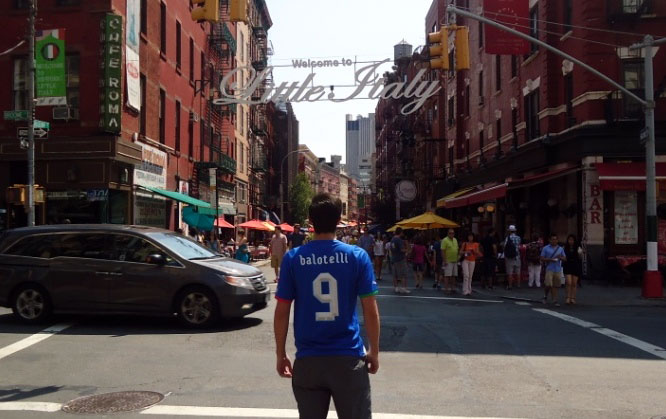
The history of the Italian migration to the Americas is one of hope and perseverance. Fleeing their homeland for the chance at a better life or a fresh start, they have since gone on to shape the very foundations of the United States in ways that can be felt to this day.
Nowhere is this more obvious than in New York and Jersey – melting pots of culture, art, and heritage. In every crevice of these places, the influence of the Italian migrants is front and center and continues to be kept alive by their descendants.
Despite this, the history of their place in the American fabric is not well known. From the Age of Exploration to the early 20th century, this article will aim to rectify this in some way by laying out in simple yet concise terms the amazing and harrowing experiences endured by the Italians on their way to becoming Americans.
Italian Explorers
It can be said the Italians have made their way to the United States even before the United States was founded. America actually is named after the Italian explorer, Amerigo Vespucci, who’s voyages mapped South America in 1499 and 1502. The English would then claim the right to North America based on the explorations of John Cabot (Giovanni Caboto) and his son, Sebastiano Caboton around the 16th century. The first European to enter New York Bay, as well as map the entire Atlantic coast of the North Amerca was the Italian explorer, Giovanni da Verrazzano.
Many of these explores where working under the yolk of the Spanish, French, and Portuguese crowns and paved the way for the expansion and growth of their kingdoms into colonial empires. They put the gears of America’s birth in motion, thus, solidifying the link between Italy and the New World.
In the middle of the 17th century, the first recorder Italian migrant settled in what would be known as the New York was a Venetian sailor by the name of Pietro Cesare Alberti.
Revolution and Civil War
The Revolutionary War
As Italians migrated in small steady streams throughout the 18th and 19th centuries, they brought with them the skills and craftsmanship of their homeland. Master artisans of glass, wine-makers, and musicians brought with their trade to the banks of New York and Jersey where trade and culture began to flourish. Private enterprise boomed as Italian expertise drove innovation.
Conflict, however, loomed over the horizon and by the early 19th century, a full-scale revolution broke out in a war for independence. In the Revolutionary War, numerous Italian Americans served as officers and soldiers for the cause, as well as advisers. Philip Mezzi was a doctor and close friend of Thomas Jefferson. He advocated for freedom and equality in a pamphlet he publishes which Jefferson would later incorporate into the Declaration of Independence.
Alongside this were missionary works conducted by Franciscan and Jesuit priests which saw the establishment of a number of churches, monasteries, and colleges – some of which are still operational to this day.
Other notable figures of the Revolutionary War period include but are in no way limited to:
Francesco Vigo – aided the war effort with finances along the northwest. Lorenzo da Ponte – former librettist, played a part in opening New York’s first opera house, and the first Italian professor of Columbia College. Carlo Bellini – became the first professor of Modern Languages for the College of William and Mary at the invitation of Jefferson.
The Civil War
While some served for the Confederacy, most Italian Americans served the Union forces in the capacity of officers and soldiers. Men from Italy were recruited by the Garibaldi Guard and formed the 39th Infantry of New York. Colonel Luigi Palma di Cesnola received a Medal of Honor and would go on to be the first Director of the Metropolitan Museum of Arts.
Around this period, the first Transcontinental Railroad was being built with Italians and Irish migrants forming the majority of laborers.
Other notable figures of the Civik War period include but are in no way limited to:
Constantino Brumidi – completed the Capitol Dome’s Fresco in 1866 along with other artworks for the building. Antonio Meucci – arguably the first to bring the concept of the telephone to the United States, acquiring a patent for it in 1871.Vincenzo Botta – noteworthy professor of Italian for NYC from 1856 to 94.
The Great Migration
The early 20th century brought with it a wave of Italian immigrants. It is estimated that 13 million Italians left Italy marking it as history’s largest voluntary migration. 4 million settled in the United States, many of whom originally intended to earn enough to return home to Italy and purchase land. Others were fleeing political unrest and social discord brought on by the Unification of Italy. Most settled in and around New York and Jersey where living conditions for the migrants were tough with many of them turning to manual labor jobs with poor conditions and other others turning to the Padrone System.
The mass exodus abruptly halted with two World Wars and immigration laws passed by Congress. Nevertheless the Italian spirit remains strong in their descendants to this day.
In Conclusion
The history and experiences of the Italian American people are woven inextricably to the very roots of America. As such, obviously not everything could be covered because to address such things would literally require pages upon pages of discussion. Great things like the Italian American war efforts during the Great War, their founding of schools and colleges, or the plethora musicians and artists that enriched the American culture are all separate articles in their own right. Horrible things too like the constant prejudice, inequality, and poverty giving rise to organized crime, and the Wartime violation of Italian civil liberties in the second World War require the time and effort to discuss them in-depth,
What’s certain is that by the end of the 20th century, Italian Americans achieved a high level of parity in income, education, and employment. Their contributions are seen and felt throughout all facets of American life; their influence can be seen in the cuisines, art, and music we hold dear in our hearts.
-
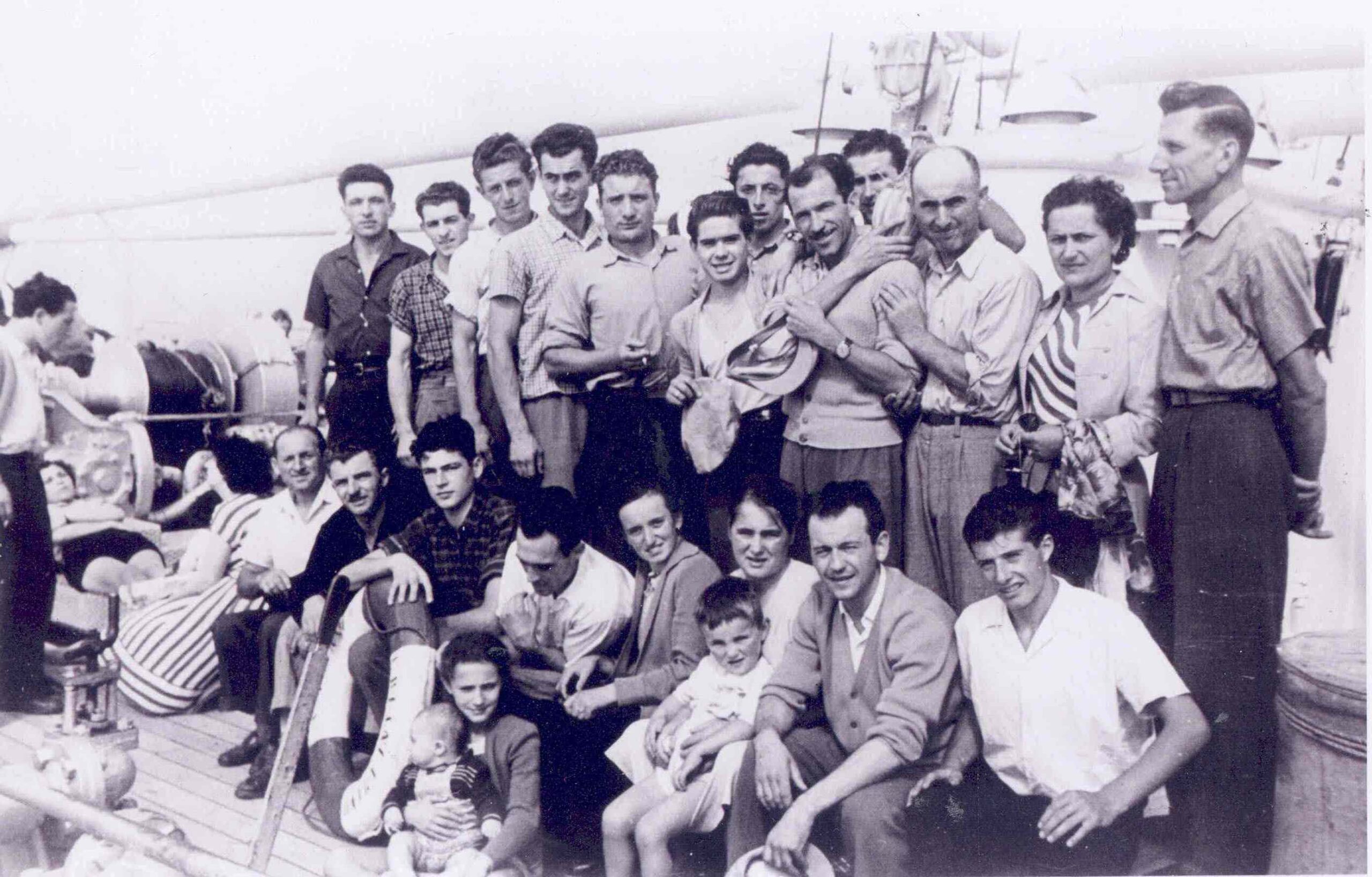
 Heritage5 years ago
Heritage5 years agoA Rough Beginning For Italians in America
-

 Heritage5 years ago
Heritage5 years agoWhat it truly means to be Italian
-
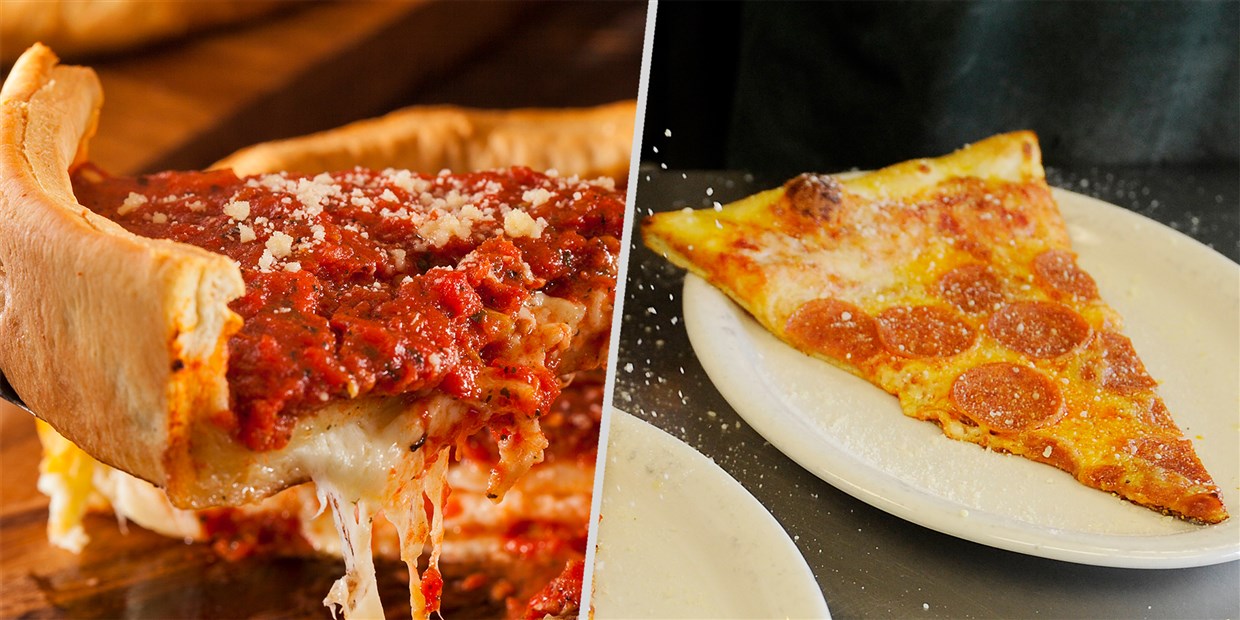
 Italian5 years ago
Italian5 years agoNew York vs Chicago Pizza
-

 Heritage5 years ago
Heritage5 years agoItalians And Family Values
-

 Italian5 years ago
Italian5 years agoTop 9 Popular Italian Pastries
-
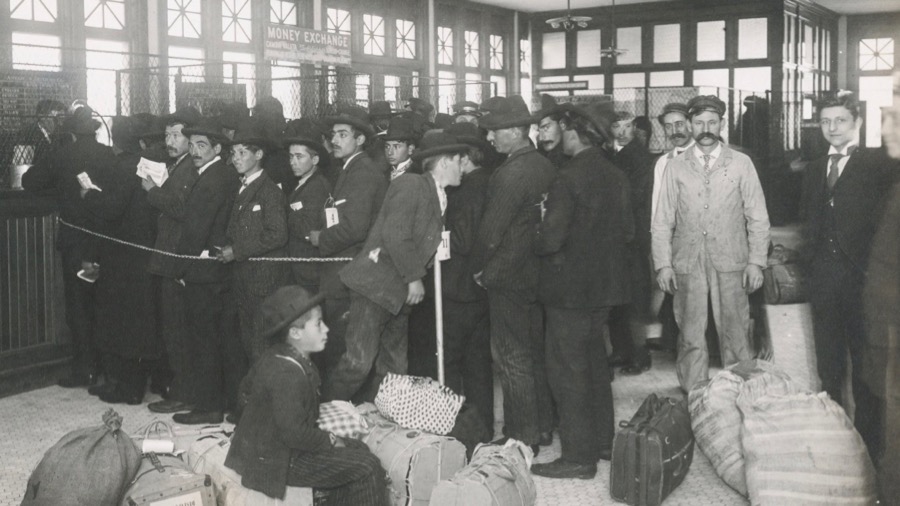
 Heritage5 years ago
Heritage5 years agoEllis Island Italian Americans
-
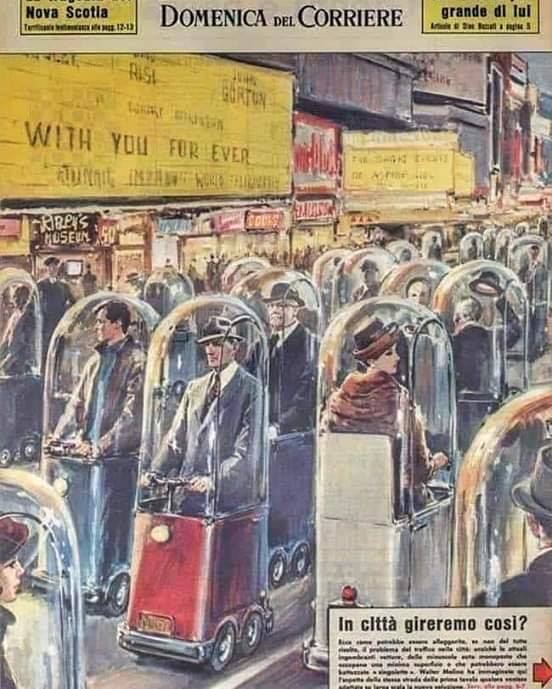
 Italian5 years ago
Italian5 years agoIn 1962, an Italian magazine carried a story on how the world will look in 2022. Is it Real???
-

 Heritage5 years ago
Heritage5 years agoHow Italian American families celebrate holidays






